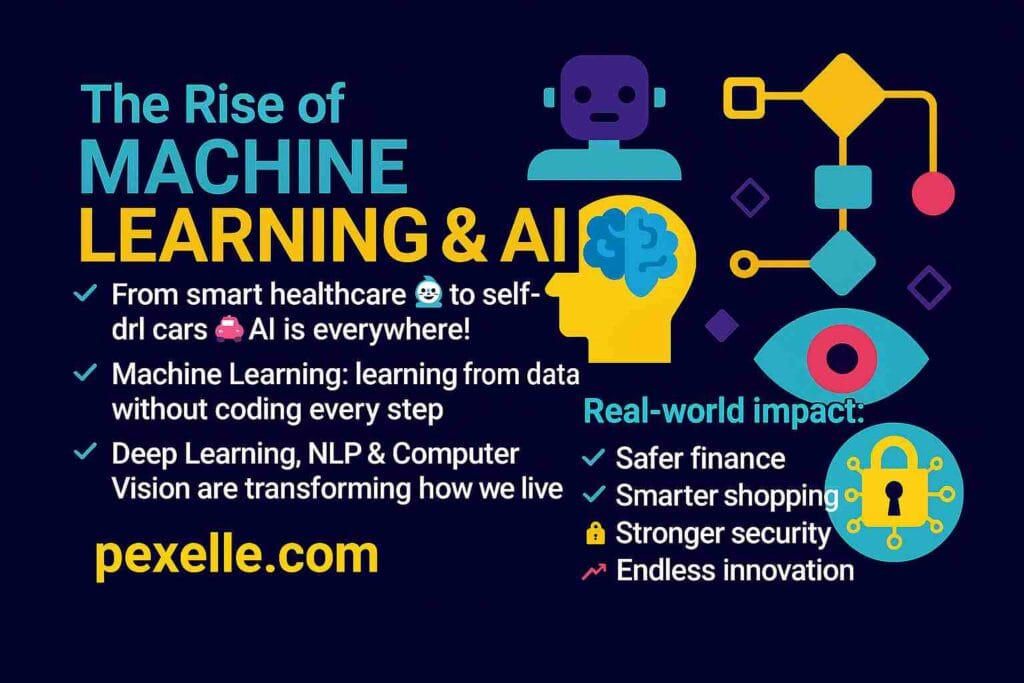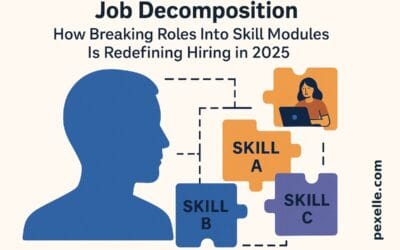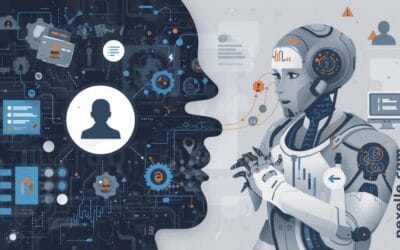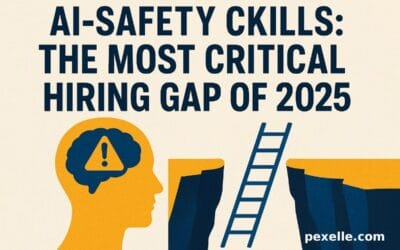Machine Learning and Artificial Intelligence (AI): Shaping the Future of Technology

In recent years, Machine Learning (ML) and Artificial Intelligence (AI) have emerged as transformative technologies across virtually every industry. From healthcare and finance to transportation and cybersecurity, these technologies are not only enhancing productivity but also unlocking entirely new business models and innovations.
🤖 What Is Artificial Intelligence (AI)?
Artificial Intelligence refers to the simulation of human intelligence in machines that are designed to think and act like humans. These systems can perform tasks such as decision-making, problem-solving, understanding natural language, and visual perception.
There are two primary types of AI:
- Narrow AI: Designed for a specific task (e.g., voice assistants, recommendation engines).
- General AI: Hypothetical systems that possess the ability to perform any intellectual task a human can do.
📊 What Is Machine Learning (ML)?
Machine Learning is a subset of AI that allows systems to learn and improve from experience without being explicitly programmed. ML systems use statistical techniques to recognize patterns in data and make predictions or decisions.
Three main types of machine learning are:
- Supervised Learning: Models learn from labeled data (e.g., spam detection).
- Unsupervised Learning: Models identify hidden patterns in unlabeled data (e.g., customer segmentation).
- Reinforcement Learning: Agents learn by interacting with an environment and receiving rewards (e.g., robotics, game AI).
🧠 Key Technologies Powering ML & AI
- Deep Learning: Neural networks with multiple layers that excel in image, speech, and natural language processing.
- Natural Language Processing (NLP): Enables machines to understand, interpret, and generate human language.
- Computer Vision: Helps machines interpret and analyze visual data from the world.
- Generative AI: Creates new content—text, images, code, or music—using models like GPT and DALL·E.
🏥 Real-World Applications
- Healthcare: Predicting diseases, drug discovery, personalized treatment.
- Finance: Fraud detection, algorithmic trading, credit scoring.
- Retail: Personalized recommendations, inventory optimization, chatbots.
- Transportation: Autonomous vehicles, route optimization.
- Cybersecurity: Threat detection, automated response systems.
🔐 Ethics and Challenges
While AI brings enormous potential, it also raises concerns:
- Bias and fairness: Biased data can lead to discriminatory outcomes.
- Privacy: AI systems processing sensitive data must ensure compliance and security.
- Job displacement: Automation may replace certain roles, requiring workforce upskilling.
- Explainability: Many AI systems operate as “black boxes,” making it hard to interpret their decisions.
🌍 The Future of AI
AI and ML will continue to evolve with trends like:
- Edge AI: Running models on devices (IoT) without sending data to the cloud.
- Quantum Machine Learning: Combining quantum computing with AI for exponential speed-ups.
- AutoML: Automating the process of selecting and training ML models.
🚀 Conclusion
Machine Learning and Artificial Intelligence are not just buzzwords—they are the engines of the next technological revolution. Whether you’re a developer, entrepreneur, or policy-maker, understanding and leveraging AI will be critical for thriving in the digital age.
🌟 Embrace the future. The age of intelligent systems is just beginning.
Source : Medium.com




